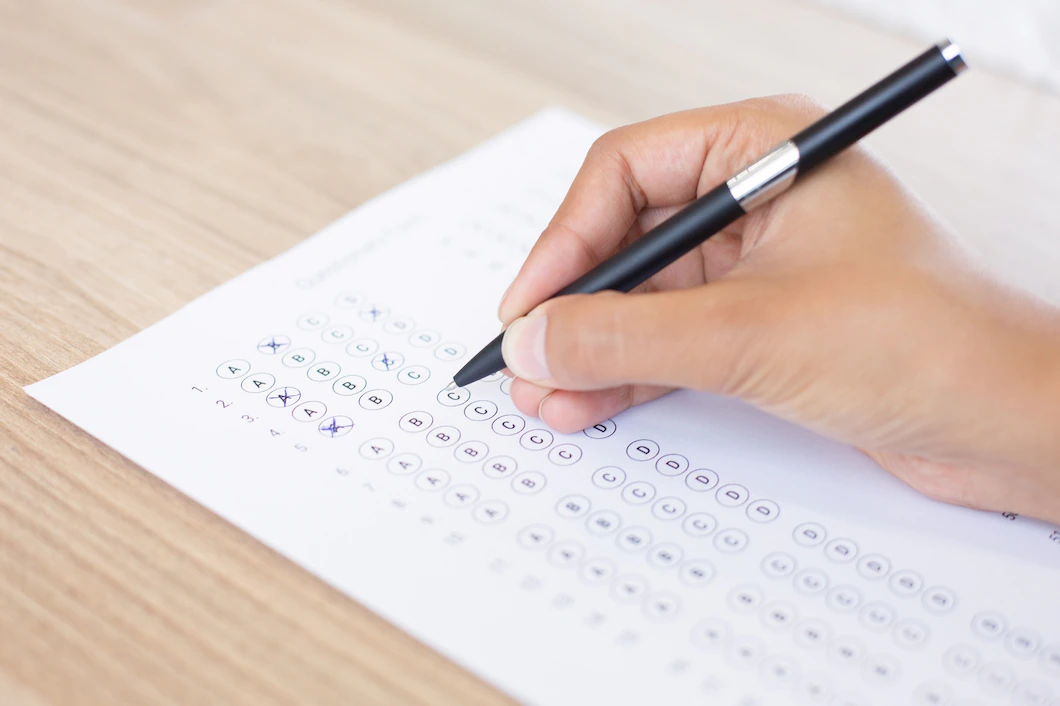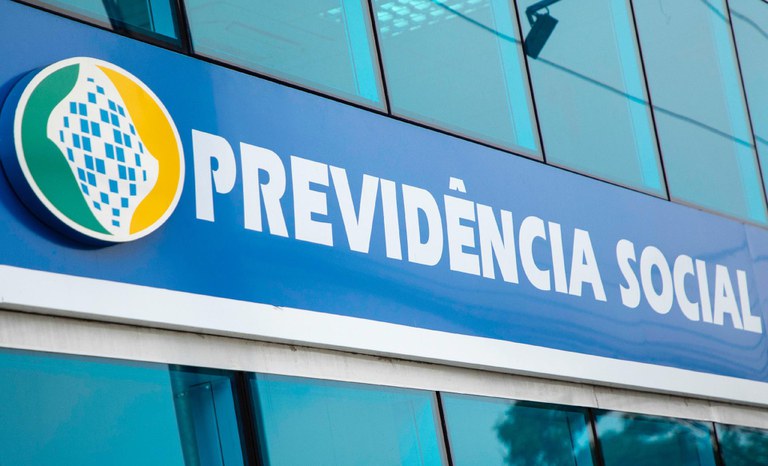
Imagem numa resolução maior (798 × 1 180 pixels, tamanho: 419 kB, tipo MIME: image/jpeg)
Este arquivo é do Wikimedia Commons e pode ser utilizado por outros projetos. Sua página de descrição de arquivo é reproduzida abaixo.
Descrição do arquivo
| DescriçãoNeil Armstrong 1958 portrait.jpg |
English: A portrait of Neil Armstrong while a test pilot at the NACA High-Speed Flight Station at Edwards Air Force Base, California.
Čeština: Portrét Neila Armstronga z doby, kdy pracoval jako zkušební pilot v High-Speed Flight Station (dnes Drydenovo letecké výzkumné středisko) na Edwardsově základně v Kalifornii. |
||
| Data | Tirada em 1958 | ||
| Fonte | http://www.dfrc.nasa.gov/Gallery/Photo/Pilots/HTML/E-3342.html | ||
| Autor | NASA | ||
| Outras versões |
|
Este(a) imagem ou vídeo foi catalogado(a) por Centro de Pesquisas Armstrong Flight dos Estados Unidos da América para a Administração Nacional da Aeronáutica e do Espaço (NASA), sobre o código ID: E-3342. Esta marcação não indica o estado dos direitos de autor da obra aqui mostrada. Continua a ser necessária uma marcação normal de direitos de autor. Veja Commons:Licenciamento para mais informações. Outras línguas:
Afrikaans ∙ العربية ∙ беларуская (тарашкевіца) ∙ български ∙ Bahaso Jambi ∙ català ∙ čeština ∙ dansk ∙ Deutsch ∙ English ∙ español ∙ فارسی ∙ français ∙ galego ∙ magyar ∙ հայերեն ∙ Bahasa Indonesia ∙ italiano ∙ 日本語 ∙ македонски ∙ മലയാളം ∙ Nederlands ∙ polski ∙ português ∙ русский ∙ sicilianu ∙ slovenščina ∙ Türkçe ∙ українська ∙ 简体中文 ∙ 繁體中文 ∙ +/− |
Licenciamento
| Public domainPublic domainfalsefalse |
| Esta obra encontra-se no domínio público porque foi criada pela NASA. A política de direitos autorais da NASA diz que "o material da NASA não é protegido por direitos autorais a não ser quando especificado". (página sobre direitos autorais da NASA ou Política de uso de imagens da JPL). |  | |
 |
Avisos:
|

|
Personality rightsEmbora este material utilize uma licença livre ou esteja no domínio público, a(s) pessoa(s) nele exposta(s) pode(m) possuir direitos que legalmente restringem certos (re)usos exceto aqueles expressamente consentidos. Em tais casos, uma autorização legal ou outra prova de consentimento pode proteger você contra alegações de violação legal. Embora a pessoa que carregou esta imagem no Commons não esteja obrigada, ela poderá eventualmente ajudar você a obter tal prova. Veja o nosso aviso geral para mais informações. |
Legendas
Itens retratados neste arquivo
retrata
image/jpeg
Histórico do arquivo
Clique em uma data/horário para ver como o arquivo estava em um dado momento.
| Data e horário | Miniatura | Dimensões | Usuário | Comentário | |
|---|---|---|---|---|---|
| atual | 11h01min de 13 de junho de 2013 |  | 798 × 1 180 (419 kB) | wikimediacommons>Billinghurst | Reverted to version as of 18:22, 15 June 2008, this version has components needing to be cropped |
Uso do arquivo
Não há páginas que usem este arquivo.
Metadados
Este ficheiro contém informação adicional, provavelmente adicionada a partir da câmara digital ou scanner utilizada para criar ou digitalizar a imagem. Caso o ficheiro tenha sido modificado a partir do seu estado original, alguns detalhes poderão não refletir completamente as mudanças efetuadas.
| Comentário de arquivo JPEG | NASA Dryden Flight Research Center Photo Collection
http://www.dfrc.nasa.gov/gallery/photo/index.html NASA Photo: E-3342 Date: 1958 Neil A. Armstrong Neil A. Armstrong joined the National Advisory Committee for Aeronautics at the Lewis Flight Propulsion Laboratory, Cleveland, Ohio, in 1955. He transferred to the NACA High-Speed Flight Station at Edwards Air Force Base, California, in July 1955, as an aeronautical research scientist. He became a research pilot later that year. Neil was named as one of nine astronauts for NASA's Gemini and Apollo Projects, leaving the Center for the National Aeronautics and Space Administration's Manned Spacecraft Center, Houston, Texas, in September 1962.<p>Upon graduation from High School in 1947, Armstrong received a scholarship from the U.S. Navy. He enrolled at Purdue University to begin the study of aeronautical engineering.<p>In 1949, the Navy called him to active duty and he became a navy pilot. In 1950, he was sent to Korea where he flew 78 combat missions from the carrier USS Essex in a Grumman F9F-2 Panther. He received the Air Medal and two Gold Stars.<p>In 1952, Armstrong returned to Purdue University and graduated with a bachelors degree in aeronautical engineering in 1955. He later earned a masters degree in aerospace engineering from the University of Southern California.<p>At the High-Speed Flight Station (which later became the NASA Dryden Flight Research Center) Armstrong served as project pilot on the North American F-1OOA and -C aircraft, McDonnell F-101, and the Lockheed F-104A. He also flew the Bell X-1B (4 flights, first on August 15, 1957), Bell X-5 (one flight, the last in the program, on October 25, 1955) and the Paresev. On November 30, 1960, Armstrong made his first flight in the X-15. He made a total of seven flights in the rocket plane reaching an altitude of 207,500 feet in the X-15-3 and a Mach number of 5.74 (3,989 mph) in the X-15-1. He left the Flight Research Center with a total of 2450 flying hours in more than 50 aircraft types.<p>He was a member of the USAF-NASA Dyna-Soar Pilot Consultant Group, and studied X-20 Dyna-Soar approaches and abort maneuvers through use of the F-102A and F5D jet aircraft. Armstrong later accumulated a total of 8 days and 14 hours in space, including 2 hours and 48 minutes walking on the Moon. In March 1966, he was commander of the Gemini 8 mission that performed the first successful docking of two vehicles in space. As spacecraft commander for the Apollo 11 lunar mission, on July 20, 1969, he became the first human to set foot on the Moon. In 1970 he was appointed Deputy Associate Administrator for Aeronautics at NASA Headquarters. He resigned in 1971.<p>Neil wrote several technical reports and presented a number of research papers. In June 1962, the Octave Chanute Award was presented to Neil by the Institute of the Aerospace Sciences. Other awards received by Neil have included the NASA Distinguished Service Medal and the NASA Exceptional Service Medal. |
|---|





 " class="attachment-atbs-s-4_3 size-atbs-s-4_3 wp-post-image" alt="O que estudar para o enem 2023">
" class="attachment-atbs-s-4_3 size-atbs-s-4_3 wp-post-image" alt="O que estudar para o enem 2023"> " class="attachment-atbs-s-4_3 size-atbs-s-4_3 wp-post-image" alt="Qual melhor curso para fazer em 2023">
" class="attachment-atbs-s-4_3 size-atbs-s-4_3 wp-post-image" alt="Qual melhor curso para fazer em 2023"> " class="attachment-atbs-s-4_3 size-atbs-s-4_3 wp-post-image" alt="Enem: Conteúdos E Aulas On-Line São Opção Para Os Estudantes">
" class="attachment-atbs-s-4_3 size-atbs-s-4_3 wp-post-image" alt="Enem: Conteúdos E Aulas On-Line São Opção Para Os Estudantes"> " class="attachment-atbs-s-4_3 size-atbs-s-4_3 wp-post-image" alt="Como Fazer Uma Carta De Apresentação">
" class="attachment-atbs-s-4_3 size-atbs-s-4_3 wp-post-image" alt="Como Fazer Uma Carta De Apresentação"> " class="attachment-atbs-s-4_3 size-atbs-s-4_3 wp-post-image" alt="Como Escrever Uma Boa Redação">
" class="attachment-atbs-s-4_3 size-atbs-s-4_3 wp-post-image" alt="Como Escrever Uma Boa Redação"> " class="attachment-atbs-s-4_3 size-atbs-s-4_3 wp-post-image" alt="Concurso INSS edital 2022 publicado">
" class="attachment-atbs-s-4_3 size-atbs-s-4_3 wp-post-image" alt="Concurso INSS edital 2022 publicado">


